When choosing a new saucepan, there are several factors to consider, especially if you have an induction cooktop. Often, a regular saucepan will not work on an induction cooktop because it has been too affected by gas or simply is not induction compatible. So it’s important to choose an induction-compatible pan. In this article, we discuss why you need a special saucepan for induction and which factors are important when choosing the right saucepan.

What is an induction cooktop?
An induction cooktop works differently than a traditional cooktop because it does not use heat applied directly to the pan. Instead, the heat is generated by an electromagnetic field that heats the pan. This means the pan itself generates the heat, not the cooktop.
Why do you need a special saucepan for induction?
Because induction works based on electromagnetism, not all pots and pans work on an induction cooktop. To conduct heat, the pan must have a magnetizable bottom such as stainless steel or cast iron. Other materials like aluminum, copper, or glass do not normally work on induction; for example, at Cook and Pan, all aluminum pots and pans have an induction base so they do work. So if you have an induction cooktop, you need to make sure you use induction-compatible pots and pans.
Materials of induction saucepans
There are various materials suitable for induction, including stainless steel, cast iron, and anodized aluminum. Stainless steel is durable, easy to maintain, and distributes heat evenly. Cast iron is also a good choice for induction because it retains and distributes heat well. Anodized aluminum is lightweight and conducts heat but is not as durable as stainless steel or cast iron. On the other hand, aluminum is often more budget-friendly. At Cook and Pan, we work with thickened aluminum which significantly extends the lifespan.
Choosing the right size and shape
When choosing a saucepan for induction, size and shape matter. If you have a smaller cooktop, you might want to choose a smaller pan to ensure it fits well and doesn’t take up too much space. Conversely, if you have a larger cooktop, you can choose a bigger pan. Also, consider what types of dishes you want to prepare in the pan. For example, if you often make pasta, you want a pan with high sides, while a frying pan has a flat bottom and is ideal for frying pancakes.
Bottom thickness and material
The bottom thickness and material of an induction-compatible saucepan are also important. Generally, a thicker bottom works better on induction because it retains more heat and distributes it more evenly. Additionally, the bottom material must be magnetizable to generate heat. Stainless steel, cast iron, and anodized aluminum all have magnetizable bottoms and are therefore suitable for induction.
Handles and lids
You should also pay attention to the handles and lids. Handles made of stainless steel or cast iron are durable and safe to use on induction, while cheap plastic handles can melt from the heat. Bakelite is a good alternative that does not get hot during cooking and also does not melt. Additionally, the lid should fit well and be secure to ensure the heat stays inside the pan and the food heats evenly.
Prices of induction-compatible saucepans
The prices of induction-compatible saucepans vary depending on the material, size, and quality of the pan. Generally, stainless steel pans are more expensive than cast iron or anodized aluminum pans. However, it is important to invest in a good quality pan that lasts a long time and is safe to use on induction. At Cook and Pan, you can choose from various saucepans so there is always the perfect one for you.
Maintenance of induction-compatible saucepans
To ensure your induction-compatible saucepans last a long time, it is important to maintain them well. Make sure to clean and dry the pan after each use to prevent rust and stains. If food has burned in the pan, it’s best to soak it in hot water with a mild detergent before cleaning. Do not use abrasives or hard brushes to clean the pan, as this can damage the bottom. Or simply choose an induction saucepan with a ceramic non-stick coating, then sticking is a thing of the past.
Conclusion
Choosing the right induction-compatible saucepan is important to ensure you can cook safely and efficiently on an induction cooktop. By paying attention to factors such as material, size, shape, bottom thickness and material, handles, and lids, you can choose the perfect pan that fits your needs. It is important to invest in a quality pan that lasts a long time and is safe to use on induction. Maintaining the pan is also important to ensure it retains its quality and lasts long. So definitely check out our range of beautiful and quality induction pots and pans! We have exactly what your induction cooktop needs. Cook and Pan is ready for you! Check out our saucepans for induction here!
💡 Note: we love to cook with courage, but safety always comes first. You can read more about this on our disclaimer page.






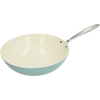


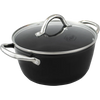

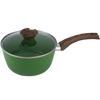
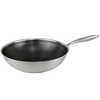
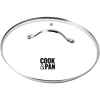
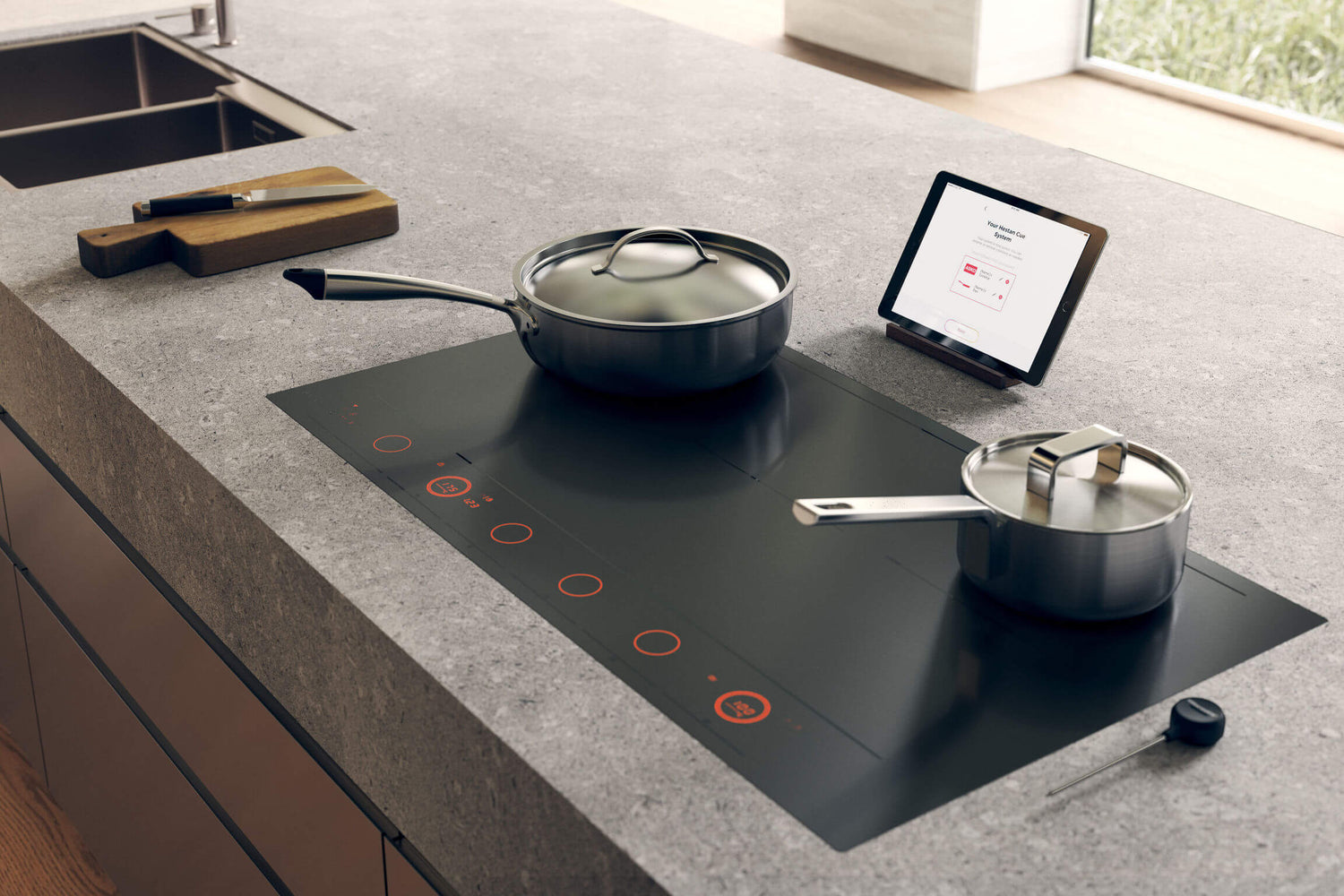



Leave a comment
This site is protected by hCaptcha and the hCaptcha Privacy Policy and Terms of Service apply.